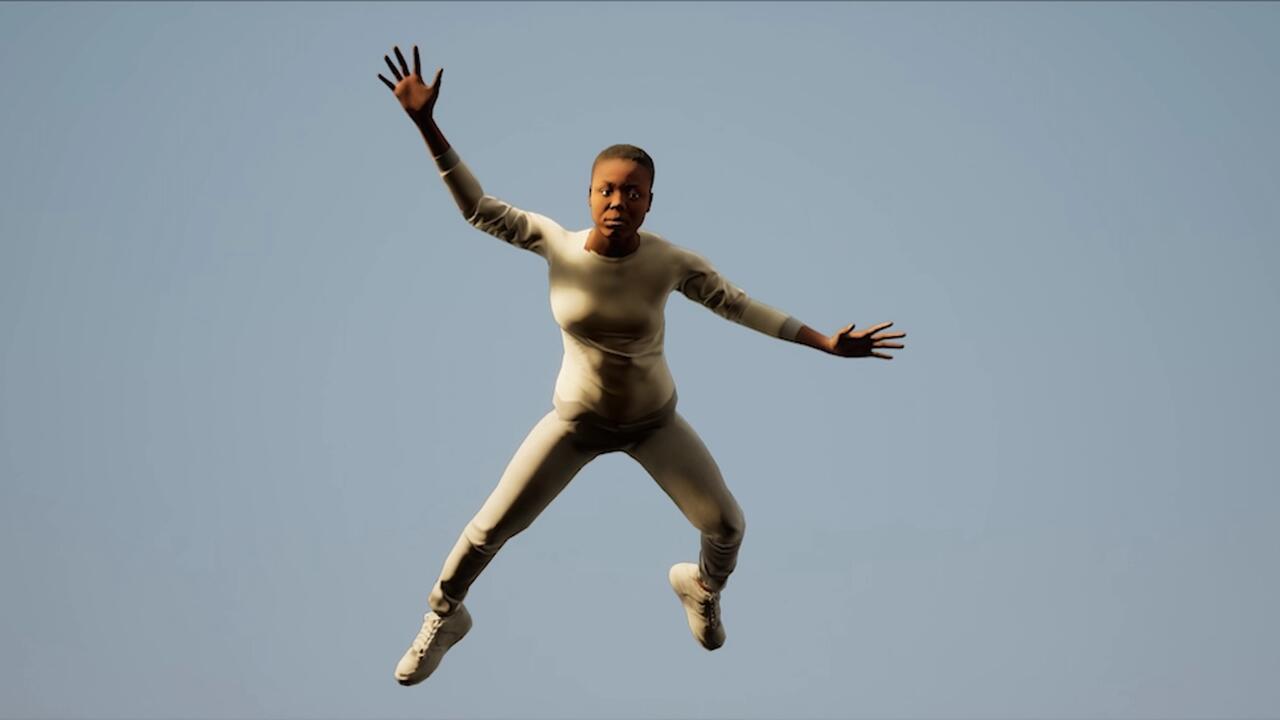Benedikt Hipp
Kunstpalais
Kunstpalais

The exhibition Luxstätt – a play on the German words for luxury and location – is Benedikt Hipp’s largest solo show to date. Hipp effortlessly created an arc of suspense over a total of eleven lavishly staged spaces while guiding the viewer to the heart of his oeuvre. Like a scenographer, the artist composed walk-in pictorial spaces for his many paintings, pen and ink drawings, sculptures and – shown for the first time – large-scale installations while embedding all of these works in a nonlinear narrative. Much time and material were clearly devoted to altering the original rooms of the Kunstpalais with architectural installations– raised wooden floors, double walls, podiums, ramps, openings in walls – which are all elements that also appear as motifs in Hipp’s paintings.
This approach recalled artist-designed interiors like Kurt Schwitters’ MERZbau (1920–36), El Lissitzky’s Kabinett der Abstrakten (Cabinet of Abstracts, 1928–29) or Niki de Saint Phalle’s walk-in sculpture Hon (She, 1966). But there is one key difference. Rather than creating total works of art, Hipp devises stages for them to make their appearance. He frames and combines them with found objects, builds a slightly raised viewing platform or even transforms a door into a wardrobe. Through the door, one could enter black cabinets – unusual spaces for the presentation of painting and sculpture.
In addition to 20 of his signature varnished paintings in oil on wood – doubtless the exhibition’s main attraction – Hipp showed numerous pen and ink drawings which were done over the last five years and which illustrated his development in terms of both painterly technique and motifs. As his often gloomy paintings have become more colourful – see Einstieg in einen Raum mit Landschaft (Entry to a room with landscape, 2012) – he has expanded his drawings into collages of paper fragments and into three-dimensional settings – like the large-format Stillleben mit Agaven (Still life with agaves, 2012), an expressive portrait of a diva posing in an elegant evening dress and sporting a bird’s beak.
Hipp’s other-worldly motifs are most fascinating of all: human-animal hybrids, faceless and masked heads, bodies recalling everyday objects, architectural structures in indefinable spaces. The series of portraits presented in a darkened cabinet were worth seeing purely for their painterly details: a blurred face floating in a black vacuum capsule in Unter den Augen IV (Under the eyes, 2009–10) and a person in profile wearing a beak-like mask in Polytrop (Polytropic, 2009). Although specific traits can be identified in some cases, they remain meta-faces, masks, blurred shapes which work precisely because of their partial, almost suggested, similarity.

Since 2010, Hipp has been making sculptures and objects, the first of which, entitled Grundlage (Basis, 2010), was shown on the ground floor. It consists of three painted, wooden wig-stands and found objects presented on plinths of varying height. The large-scale installations were in the basement, including Sunk (2012), a ship on the seabed with stacks of oil canisters, heavy anchor chains, wooden stakes, scattered small sculptures and found objects like plastic bottles. The installation revolved around a wooden mast, crowned by three pointed hats which were dotted with upholstery nails and which recalled Goya’s Witches Flight (1797–98). This painting is quoted in Hipp’s early collage Flug und Heimat (Flight and Homeland, 2006) and remains a recurring art-historical reference in his work, like Malevich’s Black Square (1915). Although the initial impression here was one of atmospheric and narrative density, the installation as a whole was too much like a film set, not least due to its wealth of detail. Here, Hipp became something akin to an interior decorator; his scenographic approach ceased to be auxiliary and took on a life of its own. The resulting work lacked the opposites found in his painterly spaces, such as fullness and emptiness, figuration and abstraction, material and immateriality, allusion and representation. Unlike the conceptually tight first part of the show, the end of the exhibition dropped in quality; there was an overly direct light metaphor in the juxtaposition of Schleife (Loop, 2012), his first canvas painted in shades of white, and Wall of Verticals (2012), a dazzling light piece made of used neon tubes and a pair of white-painted boots.
These points aside, Hipp remains a persuasive and fascinating inventor of works with timeless and archetypical motifs whose appeal lies in their vagueness. His strongly scenographic approach – the way he creates subtly expanded and atmospherically charged conceptual spaces for his works – is unusual for a painter. But the expansion into three dimensions generates added levels of meaning only when the tensions between the work and the setting are deliberately maintained. As this exhibition demonstrated, staging a painterly idea – in the form of an all-encompassing installation – works only to a limited extent.
Translated by Nicholas Grindell















